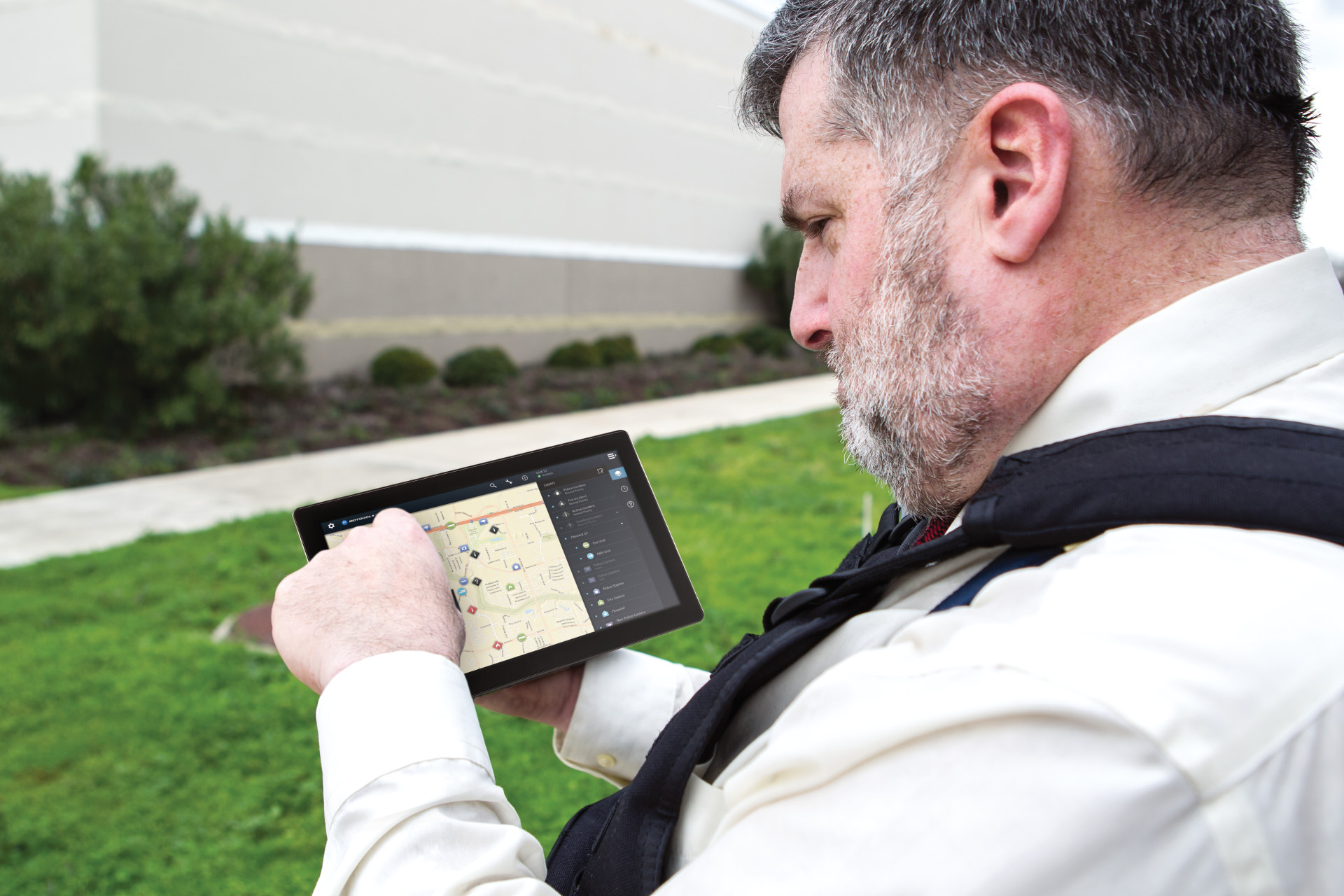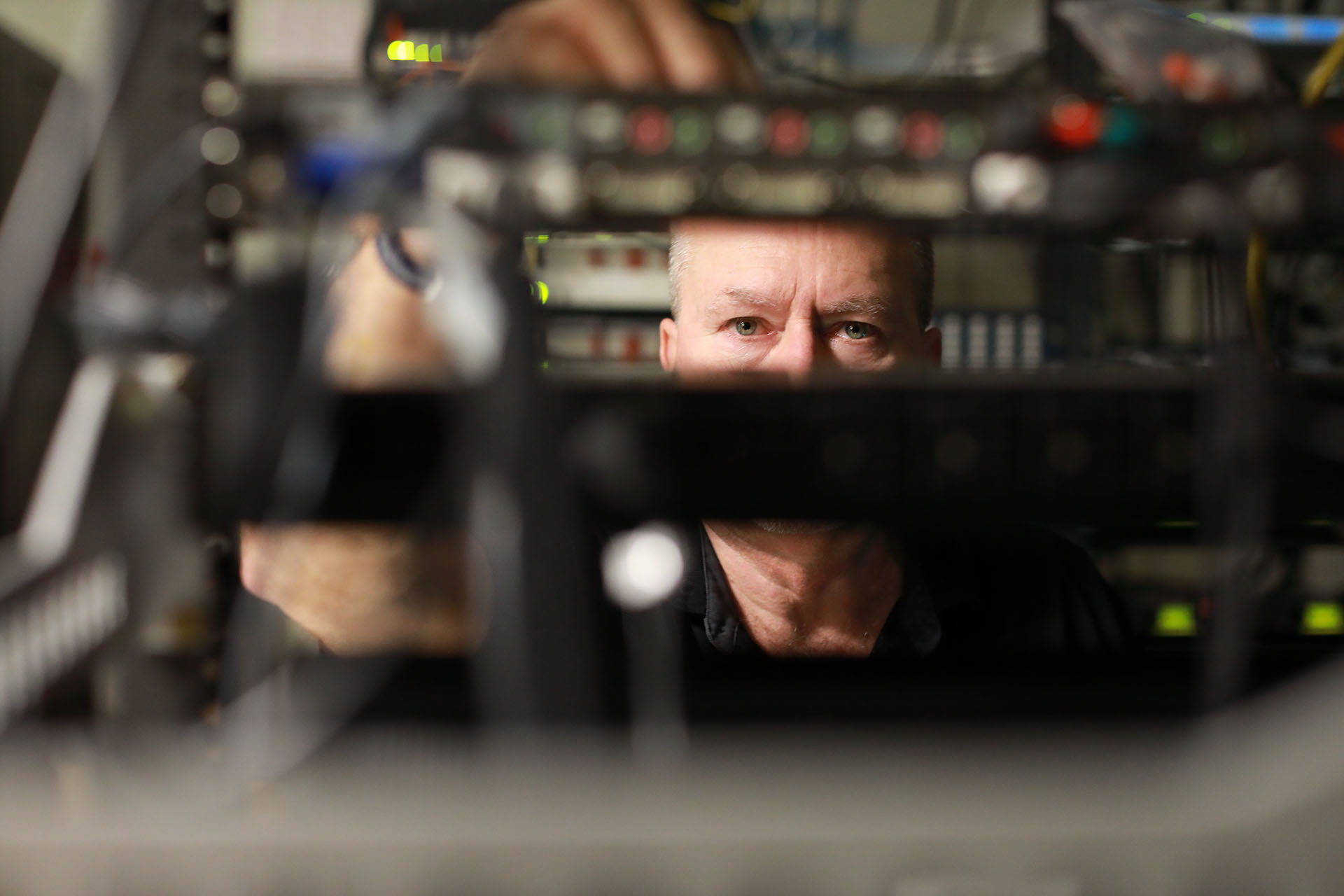When looking into improving your in-building communication, you'll probably come across the terms: Signal Booster, BDA (bi-directional amplifier), or DAS (Distributed Antenna System). If you’re experiencing issues such as dead zones or spotty reception, you know how frustrating poor coverage can be, causing lost productivity and safety issues.
A DAS is a network of antennas placed throughout a building used to boost wireless signals, typically in large buildings like campuses, hospitals, hotels, or manufacturing plants.
A bi-directional amplifier is a device that locates a wireless signal, amplifies it, and then rebroadcasts it throughout your building. It also helps your two-way radios and smartphones avoid dropping calls or receiving spotty coverage. This blog provides more insight into how this actually happens, and the next steps to take if you think a BDA and DAS might solve your communications problems.











